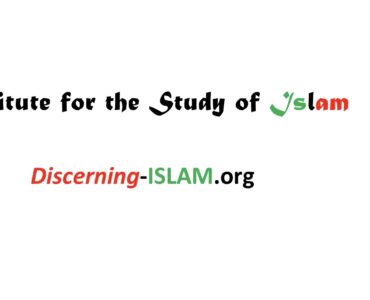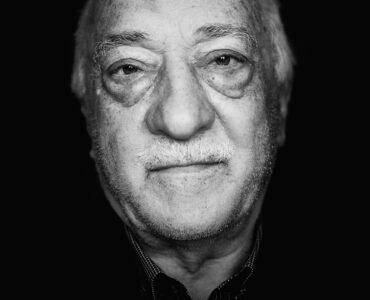
Central African Republic Conflicts

Central African Republic (CAR), Central Africa
The Central Africa Republic, nicknamed CAR, has been unstable since 2004. The Civil War has endangered millions of lives and is still untamed. The gravity of the situation is severe, resulting in 1.1 million forceful migrations to Cameroon and neighbouring countries.
The main cause of the fighting is religious identities between Muslim Séléka fighters and Christian anti-balaka. Similarly, ethnic differences among ex-Séléka factions are counted as a cause. In the same vein, the ancient antagonism between agriculturalists, who largely comprise anti-balaka, and nomadic groups, who constitute most Séléka fighters, are also components of the conflict.
After the first Bush War in 2004, then-President François Bozizé maintained a strong opposition against rebels until the Birao peace agreement was signed in 2007. However, in late 2012, rebel leader Michel Djotodia announced his presidency, forcing Bozizé to flee the country. This declaration, he claimed, was because Bozizé’s government had failed to respect the terms of the peace agreement and the population in the North had experienced severe abuse, such as torture and illegal executions. During his leadership, Michel Djotodia captured several towns and seized the capital Bangui in March 2013. 2 years later in 2014, Djotodia resigned after disbanding the Séléka coalition in 2013. Despite the ceasefire agreement signed by ex-Séléka factions and anti-balaka representatives, the conflict persisted under the leadership of Catherine Samba-Panza.
Seven years of ongoing conflict have left millions displaced within the country. One of the world’s most food-insecure countries, the Central African Republic is still experiencing sporadic fighting over resources, whilst most of the diamond-rich country remains beyond government control. Peace deals signed in 2014, 2015, and 2017 have been unable to prevent violent conflict.
Seventy percent of health services are provided by humanitarian organizations and over 2.5 million people, half of the population, need health assistance. Access to water and sanitation is particularly problematic at the many sites where 194,000 internally displaced people live, often in crowded makeshift shelters where physical distancing is not practicable.

France cannot do everything, in the Sahel, in the Central African Republic, in the Levant, and then secure its national territory.Le Drian
Key Facts
People Displaced – 750,000
People Killed – 5,186
Ongoing For – 20 years
Total population of CAR: 4.6 million (2018)
Number of people displaced: 1.9 million
Estimated people in need of assistance: 3.1 million. It is estimated that 3.1 million people will need humanitarian assistance in 2022, accounting for 63% of the population.
The Situation
Worsening
In a January 5 statement, the UN and regional organizations cautioned against disinformation, incitement and hate speech. It urged all parties to accept and respect the decisions of the Constitutional Court on the final results. The Red Cross reports that nearly 100 000 people fled the fighting that broke out between government and armed groups since elections. More than 84 000 of the civilians have sought refuge in neighboring countries, Africanews reports.
Central African Republic Conflicts: A Timeline Of Atrocities
Section 1400: Terrorism Links: Groups & Individuals
Central African Republic Conflicts
10/2024
ISee COPYRIGHT information below.



